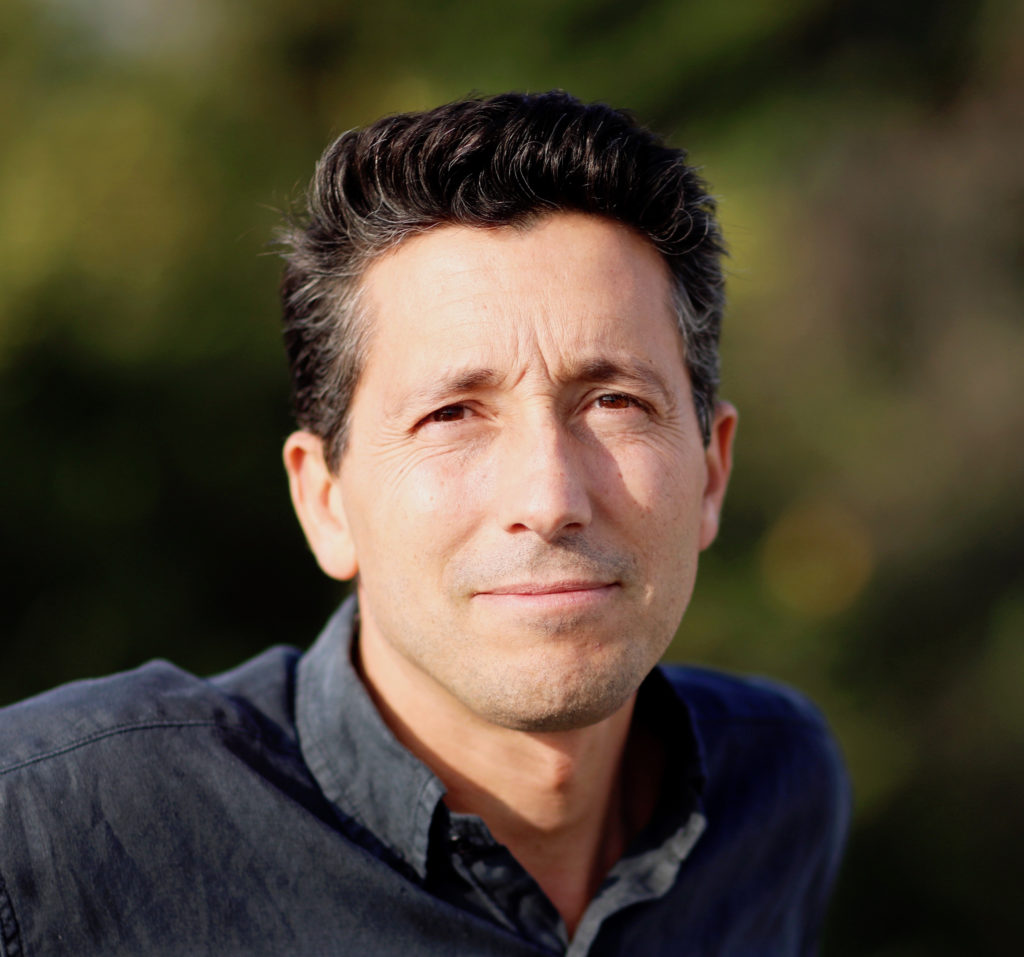
Short biography of Thierry PASSERON, MD, PhD
Professor of Dermatology at the University Hospital of Nice. He also heads the laboratory INSERM U1065 team 12, C3M, dedicated to the study of molecular mechanisms involved in pigmentation and melanoma. He heads the University laser center in Nice. He is president of the Department of Clinical Research and Innovation of Nice University hospital and vice-president of Côte d’Azur University. He has seven international patents and more than 220 publications in scientific journals (h-index 41). He is co-founder of YUKIN therapeutics. His fields of research includes pigmentary disorders (including vitiligo and melasma), melanoma, hidradenitis suppurativa, alopecia areata and lasers.
Interview of Thierry Passeron:
- What research, innovations or major advances in knowledge are you currently focusing on?
Skin cancers and melanoma in particular, have been the subject of major therapeutic advances in the past few years. Thus, targeted therapies and immunotherapy have for the first time significantly increased the overall survival of patients with metastatic melanoma. These treatments have recently been proposed as adjuvants, particularly after lymph node involvement.
Initially proposed for melanoma, immunotherapy is now available for many cancers. Unfortunately, full response rates are still insufficient. There is a lot of work being done at the moment to try to find predictive response factors on the one hand, but also to improve immunotherapy.
- You are joining OncoAge to create a new Work Package, what do you expect from the federation?
We have always had close links with Professor Hofman’s Clinical and Experimental Pathology Laboratory (CEPL). The Dermatology department has the opportunity to work with 3 INSERM units dedicated to melanoma, one of which I co-lead. Thanks to the CEPA Tumour Library, we have been conducting translational research on our patients’ tissue and blood samples for several years. By joining the OncoAge federation we will be able to pool our resources and samples with other specialities such as pneumology for example. We will also be able to set up more ambitious research projects and respond to international calls for tenders. Finally, we have developed several agents in our research laboratories. One of them is the first NIK allosteric inhibitor. This kinase controls the non-canonical pathway of NFkB and plays a key role in most solid cancers by controlling the oncogene EZH2. By inhibiting NIK, it “warms” tumors and greatly enhances the response to immunotherapy (especially anti-PD1 Ac). We have very encouraging results in vitro but also on murine models in melanoma and colon cancer. Since May 2018 we have created with the Advent investment fund, the startup YUKUN therapeutics. Since April 2019, another partner (Medixci) has been a shareholder in order to bring our compounds into the clinical phase in humans. If we reach this stage, the clinical phase will be coordinated by our centre and the product can be tested on several cancers within the framework of the OncoAge federation.
- Can links be made between oncology, aging and cancer in dermatology and other specialties through the exchanges that OncoAge allows with other research teams?
These links are naturally strong. In our region we see a large proportion of elderly patients. We check this every week in our multidisciplinary consultation meetings in oncodermatology. As the population ages, the number of older people who will be able to receive cancer treatment will increase and it is essential to conduct specific studies on this age group. Our federation must be in the front line to meet this challenge and propose institutional and industrial studies for this group of patients.
